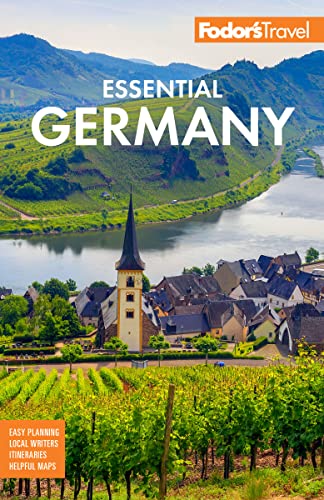What to Eat in the Bavarian Alps
Bavarian cooking originally fed a farming people, who spent their days out of doors doing heavy manual labor. Semmelknödel (dumplings of old bread), pork dishes, sauerkraut, bread, and hearty soups were felt necessary to sustain a person facing the elements. The natural surroundings provided further sustenance, in the form of fresh trout from brooks, Renke (pike-perch) from the lakes, venison, and mushrooms. This substantial fare was often washed down with beer, which was nourishment in itself, especially during the Lenten season, when the dark and powerful "Doppelbock" was on the market. Today this regimen will suit sporty types who have spent a day hiking in the mountains, skiing in the bracing air, or swimming or windsurfing in chilly lakes.
Bavaria is not immune to eclectic culinary trends, but the most recent trend is a return to the basics. Regional cuisine comprised of locally grown ingredients seems to be on every menu nowadays, although you may find minimalist Asian daubs here, a touch of French sophistication and Italian elegance there. Menus often include large sections devoted to salads, and there are tasty vegetarian dishes even in the most traditional regions. Yes, Bavarian cooking—hearty, homey, and down-to-earth—is actually becoming lighter.
One area remains an exception: desserts. The selection of sinfully creamy cakes in the Konditorei (cake shop), often enjoyed with whipped-cream-topped hot chocolate, continues to grow. These are irresistible, of course, especially when homemade. A heavenly experience might be a large portion of warm Apfelstrudel (apple-and-nut-filled pastry) fresh from the oven in some remote mountain refuge.
Schnapps, which customarily ends a meal, has gone from being a step above moonshine to a true delicacy extracted from local fruit by virtuoso distillers.




